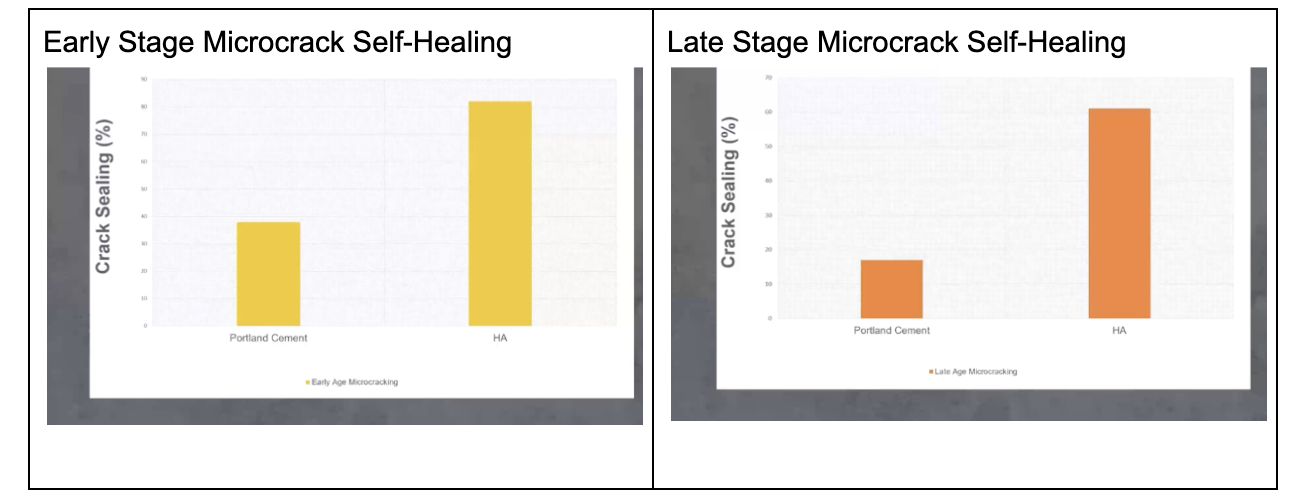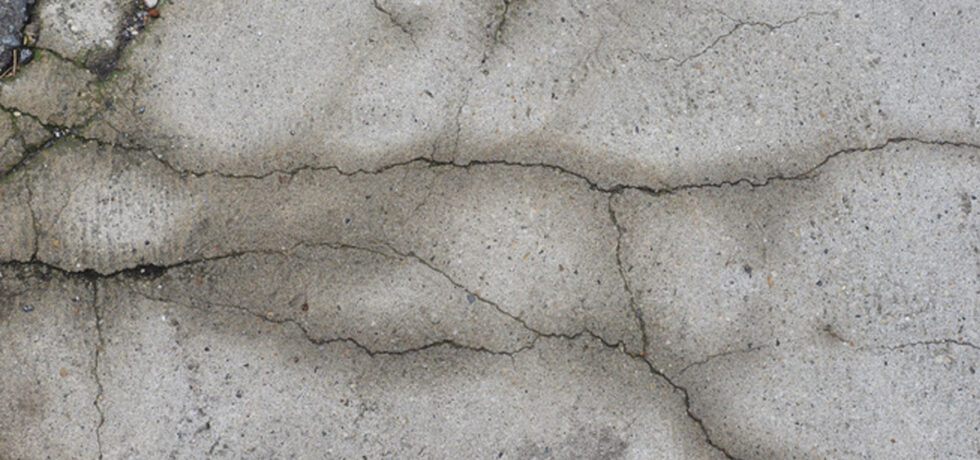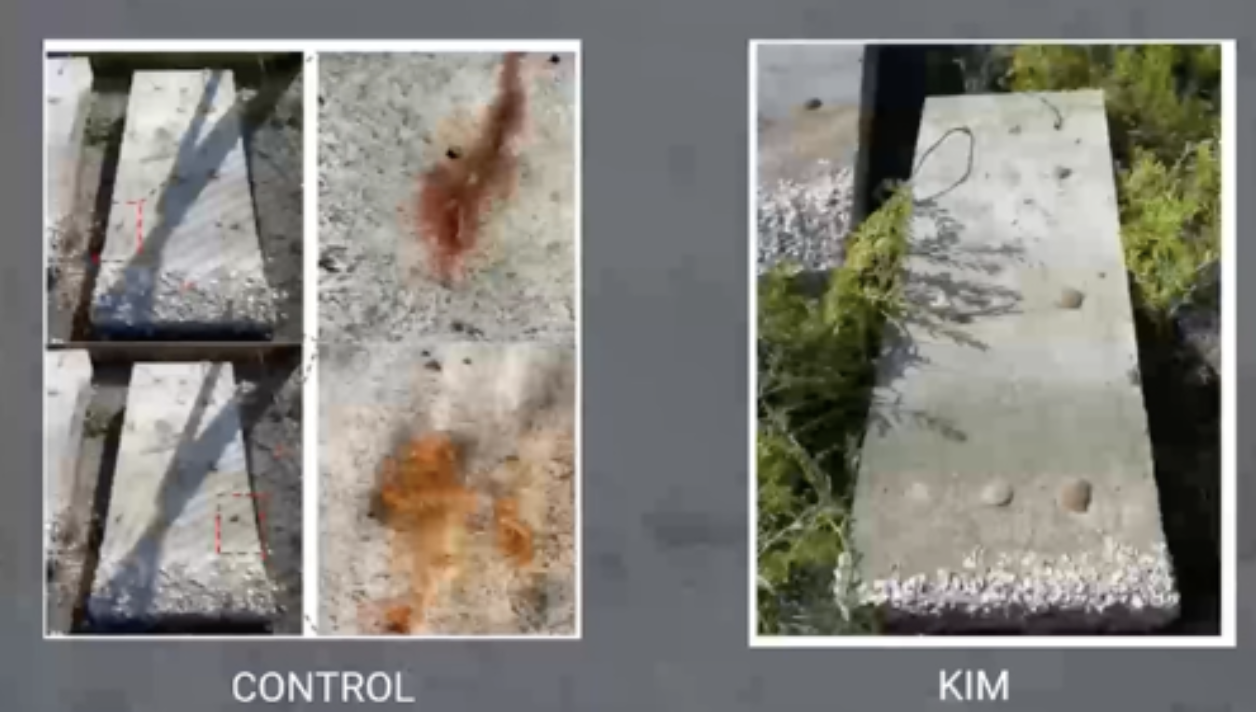Category
- Concrete Best Practices
In the world of construction, a persistent challenge lies in creating structures that stand the test of time. Water damage is often a silent threat, eroding the integrity of buildings, increasing maintenance costs, and reducing longevity.
Often, the damage that compromises concrete’s resistance to water and deterioration starts as microscopic defects, making it easy to overlook until significant issues arise.
In a recent webinar, Kryton’s Technical Director, Jeff Bowman, shared past and present research on concrete vulnerabilities and described how cutting-edge technologies can ensure concrete remains durable and watertight.
Durable Concrete is Sustainable Concrete
Concrete is widely regarded for its versatility and durability. However, the costs associated with repairing and maintaining this fundamental material remain a significant concern for property and infrastructure owners worldwide.
As the industry evolves rapidly, with a focus on minimizing environmental impacts, it’s crucial to remember that the most sustainable concrete is one that maintains its function and performance over its intended service life — with minimal maintenance, repairs, and replacement require
| “Probably the most effective way of making concrete more sustainable is to increase its effective service life.” Sustainability of Concrete, Aitcen and Mindess, Spon Press, 2011 |
How Microcracks Affect Durability
Microcracks significantly influence our understanding of concrete durability. These minuscule cracks are often invisible to the naked eye. And if you can’t see them, it’s all too easy to underestimate their effects until they escalate into serious problems.
Microcracks develop due to various stressors such as loading, environmental conditions, and thermal cycling and can evolve into extensive networks that make concrete vulnerable to water and harmful chemical ingress. This is especially concerning when it compromises the concrete cover that protects reinforcing steel from corrosion.
This image represents a cross-section of a piece of concrete. The gray shapes represent aggregates, the white background is the cement paste, the green lines are microcracks, and the red lines are more serious cracking.
If you look at the initial condition, you can see the early-age microcracking present in most new concrete. Over time, loading, restraint, weathering, and thermal cycling apply more stressors, which causes new microcracks to form and existing microcracks to extend and propagate further. At late-stage propagation, a permeable microcrack network will be present throughout the concrete, making it vulnerable to water and harmful process chemicals.
Impact of Thermal Cycling on Microcracks
An ACI Special Publication (139) reviewed hot weather conditions on microcracking and corrosion protection, exposing samples to temperature fluctuations that mimic those experienced in harsh environments.
For instance, a study conducted under simulated conditions revealed that concrete subjected to repeated cycles from 27°C to 60°C developed extensive microcracking. This cycling mirrors conditions found in desert climates and, increasingly, in temperate regions due to climate change
The report found that thermally cycled concrete experienced corrosion 50-70% faster than the control. Its findings also show that if we evaluate concrete based only on visual observation or compressive strength, we will have an inaccurate forecast of how the concrete will perform.
Sealing Microcracks
Any concrete mix has an inherent ability to seal some microcracks that occur:
- Calcium Carbonate Formation: Interactions between calcium minerals in concrete and water precipitate calcium carbonate, aiding in crack sealing.
- Continued Cement Hydration: Unhydrated cement particles can continue to react with water, filling in cracks.
- Debris Sedimentation: Particles can lodge in cracks, effectively blocking them.
- Cement Matrix Swelling: Similar to a sponge, the cement matrix absorbs water and swells, helping to close small cracks.
To enhance this natural process, self-healing admixtures can be incorporated into concrete mixes. These innovative additives react with water and unhydrated cement to form crystalline materials that seal new cracks as they form.
Two-Year Lab Study at the University of Ottawa
A two-year research study led by Diego de Souza and Dr. Leandro Sanchez at the University of Ottawa demonstrated that crystalline self-healing additives can significantly increase the sealing of microcracks compared to regular concrete. The improvement was seen for early-age concrete but remained strong for late-age, mature concrete as well.

This was confirmed through microscopic analyses, where treated concrete samples displayed sealed microcracks that previously allowed ingress of water and chemicals.
While the microcrack evaluation was occurring, other samples were evaluated for a host of mechanical properties, including compressive strength, elasticity, porosity, electrical resistivity, and pulse velocity, to check for signs of internal damage before and immediately after loading them, and again after a period of sealing to determine their recovery ratio.
The results demonstrated that regular concrete recovered 20-30% of its average mechanical properties after the healing period compared to the concrete with the self-healing admixture, which recovered 60-70% of its properties over the same period.
The lab study provides three key takeaways:
- There is a strong correlation between the number of microcracks that are sealing and the recovery ratios (healing) of different mechanical properties.
- Certain properties, such as porosity, recovered particularly well with the self-healing additive.
- We visually observe the sealing of the microcracks and experience greater performance-related benefits.
10-Year Field Study by the University of Hawaii
Field studies corroborate the laboratory findings. In a study commissioned by the Hawaii Department of Transportation, the University of Hawaii conducted a decade-long study on the performance of a variety of corrosion-inhibiting and permeability-reducing admixtures in a marine environment where reinforced concrete panels were exposed to a tidal zone.
The Kryton team wasn’t aware of it at the time, but the study included our crystalline waterproofing admixture, Krystol Internal Membrane (KIM), the same admixture used by the University of Ottawa in its lab studies.
Over ten years, the sample that included KIM exhibited superior performance in harsh marine conditions, showing significant resistance to corrosion and permeability. It not only reduced the permeability but also sealed microcracks that typically allow corrosive agents to seep into the concrete and reach the reinforcing steel.
Photos from research by Joshua Roper and Dr. Ian Robertson at the University of Hawaii
Conclusion
The conventional belief that dense concrete with low initial permeability will resist chloride ingress and protect the rebar from corrosion is outdated.
The microcrack sealing studies illustrate that concrete durability and permanent waterproofing require ongoing sealing and healing of microcracks. Crystalline admixtures not only enhance immediate concrete properties but ensure long-term durability and sustainability. As the construction industry continues to evolve, embracing such technologies will be crucial for building more resilient infrastructures.
Watch The Hidden Killers of Concrete for more detail on all of the research covered in this article, or click here to learn more about Kryton’s crystalline solutions.







